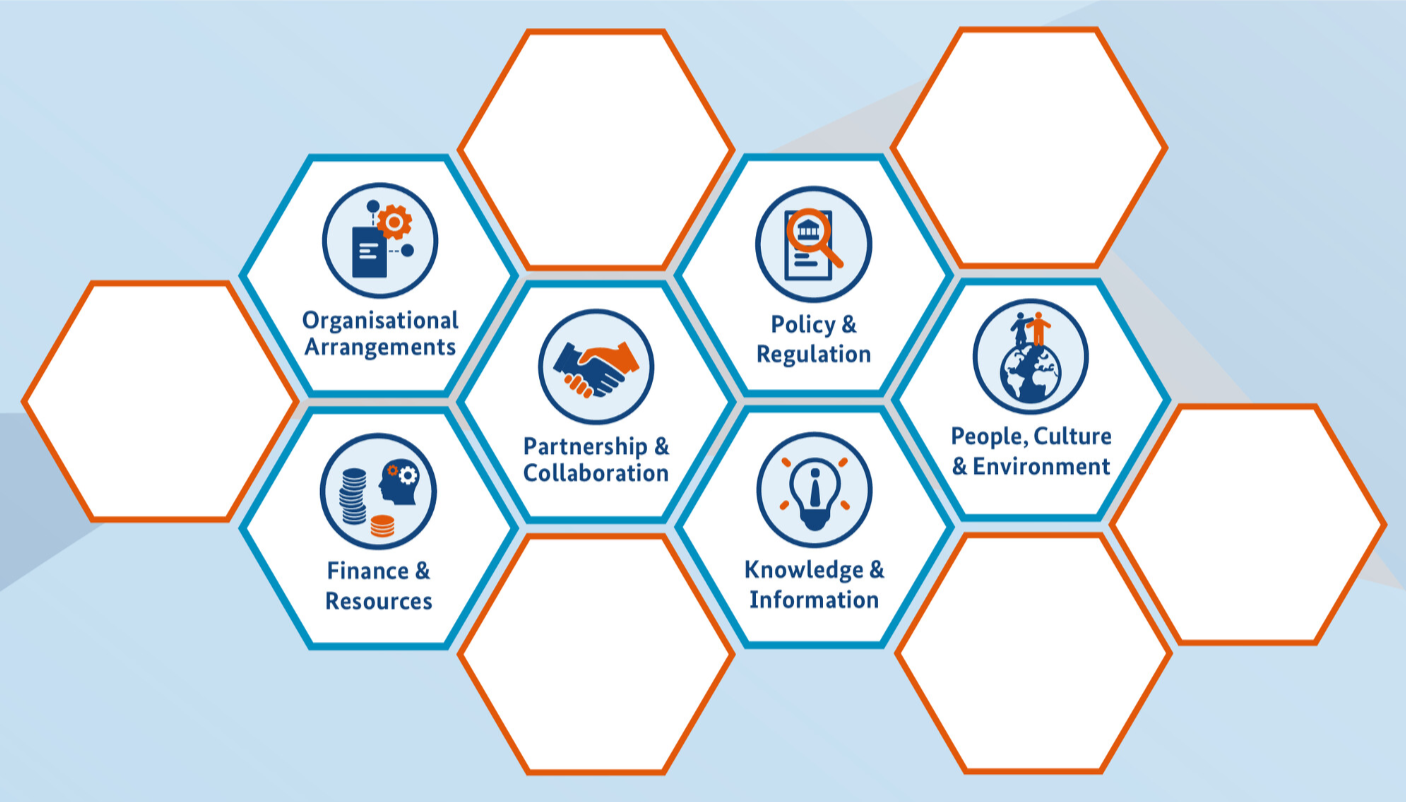What is the Enabling Environment for RID?

The Enabling Environment for risk-informed development (EE4RID) is defined as the conditions needed to ensure that risks can be integrated and considered in a wide range of development process and decision-making processes. It comprises a complex web of policy and planning instruments, institutional arrangements, stakeholders and activities that are interconnected and can be mutually reinforcing (UNDP, 2019). The EE4RID describes a set of policy, regulatory, organisational, procedural and cultural conditions that can institutionalise risk within development decision-making processes (UNDP, 2022).

The EE4RID represents the broader system within which individuals and organisations function. In order for change to occur, a whole-of-society approach is required (from national to local level) whereby changes in institutional policy and legislation have to co-evolve with changes in societal norms, values and individual behaviours. From this synthesis, the core elements or dimensions of an EE4RID were identified:

EE4RID dimenstions (source: ePaper on why RID matters)
After identifying gaps or insufficiencies in the EE4RID in a specific context, these can be taken up by development decision makers and stakeholders as entry points to develop solutions and build capacities accordingly. In general, an Enabling Environment for RID requires a combination of top-down actions that provide political commitment and guidance for a risk-informed approach, together with bottom-up actions that increase risk understanding and risk governance capabilities of relevant actors at the subnational level i.e. closest to the point of implementation of development interventions. In turn, this will require robust and sustained linkages to be established between local and national levels, involving the vertical and horizontal coordination of multiple stakeholders.
The EE4RID is an evolving analytical framework that facilitates the analysis of possible entry points for action and needs to be adapted to the country or regional context at hand. For the six dimensions of the EE4RID, several sub-categories and indicators were identified to allow for a context-specific analyses:
• risk assessment and analyses
• systemic risk knowledge
• system-wide views
• risk communications
• diverse knowledge, science and technologies
• education and training
• risk perception and tolerance
• gender and equity
• customs and culture
• whole-of-society approach and inclusion of at-risk communities
• ecosystem services and nature-based solutions